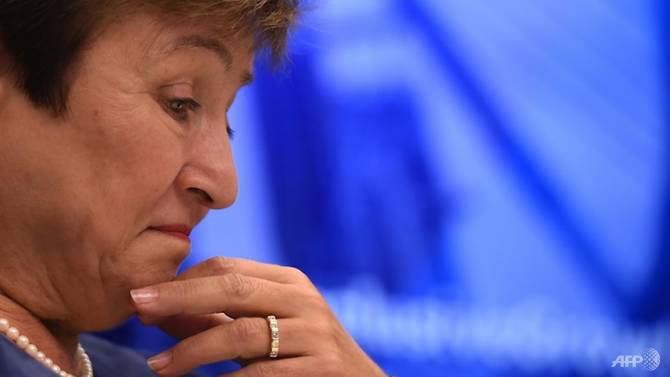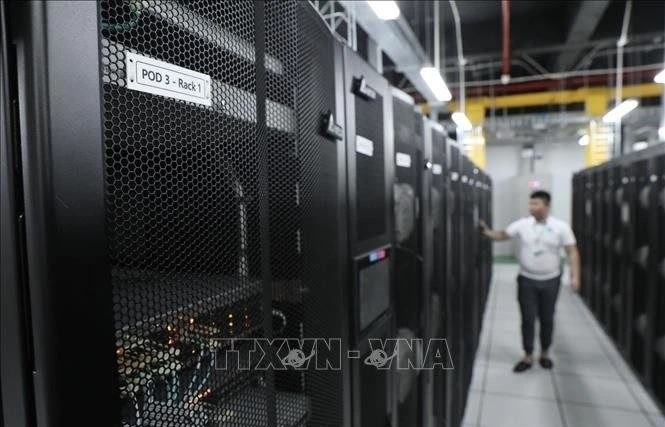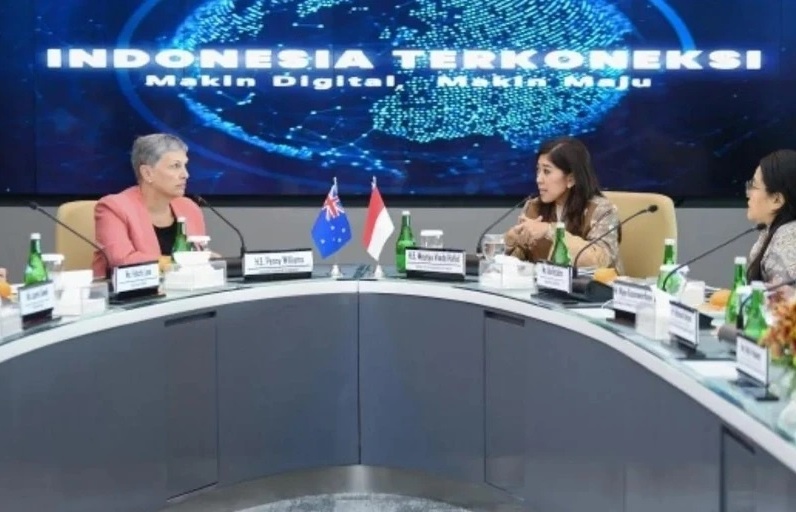1.1 billion people 'invisible', lacking official identity: World Bank
 |
| Kristalina Georgieva, CEO of the World Bank, said the ID4D program hopes to use technology to improve the lives of people living without identification. (Photo: AFP/Andrew Caballero-Reynolds) |
More than a third of these "invisible" people are children, the Bank said in a report issued for its annual meeting in Washington this week.
That is particularly hard on groups of people forcibly displaced by unrest and disasters.
To address the problem, the World Bank has launched its ID4D programme to expand digital identification programs in ways that can help fight poverty.
The poverty-fighting institution has digital identification and civil registration projects worth more than US$500 million in more than a dozen countries.
It says such programs can also help governments decrease waste and boost innovation in delivering crucial services.
"We are at an exciting point of technology, collaboration and commitment converging to make unprecedented improvements in the lives of the 1.1 billion people living without identification," said World Bank Group Chief Executive Kristalina Georgieva.
ID4D advisory council member Eric Jing, CEO of China's AliBaba group payment unit Ant Financial, added that "families are left without access to health care, education and social and financial services."
What the stars mean:
★ Poor ★ ★ Promising ★★★ Good ★★★★ Very good ★★★★★ Exceptional
Latest News
More News
- Tropical storm Trami leaves at least 24 people dead in Philippines (October 24, 2024 | 17:36)
- Singapore grants conditional approval for solar power import from Australia (October 24, 2024 | 17:27)
- ASEAN digital economy set to reach $2 trillion by 2030 (October 22, 2024 | 15:08)
- Thailand asks Laos to waive visa fee at border checkpoints to boost tourism (October 21, 2024 | 17:23)
- Laos pledges to continue efforts to empower girls (October 21, 2024 | 17:17)
- Chinese electric vehicle maker to build plant in Indonesia (October 21, 2024 | 17:12)
- Vietnam Elevator Association introduces Elevator Safety Application to the world (October 18, 2024 | 09:00)
- A taste of the future - the go-to spot at the Worldchefs Congress & Expo 2024 (October 15, 2024 | 16:11)
- Jakarta to impose household waste levy (October 14, 2024 | 16:49)
- China, Laos plan to build connectivity development corridor with Thailand (October 14, 2024 | 16:19)

















 Mobile Version
Mobile Version